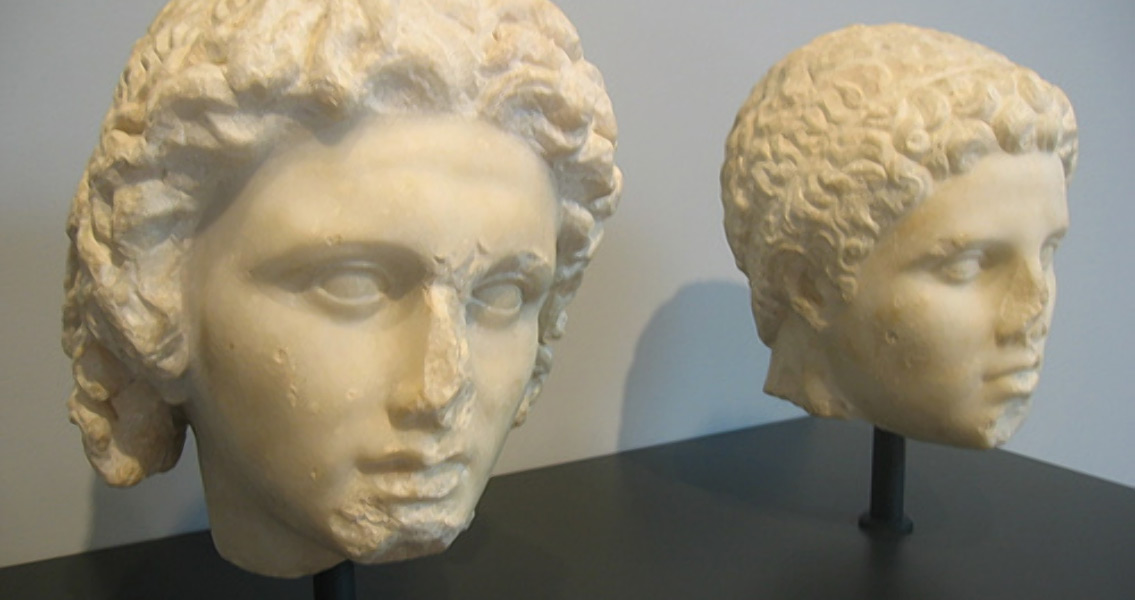<![CDATA[A tomb from the time of Alexander the Great, discovered three years ago and opened last year in northern Greece may have been built as a shrine and possibly a tomb for his close friend and general, Hephaestion, media report. The structure is believed to be the largest from the ancient Greek era, with a circumference of over 1,600 feet (500 metres), Discovery News writes, but unfortunately it has been repeatedly looted, leaving little for the archaeologists to work with. Still, the team, led by Katerina Peristeri, identified three inscriptions near the tomb that suggest it was built by Alexander for his closest friend, as well as other evidence pointing in that direction. At a press conference, Peristeri told media that there was evidence the structure had been commissioned and financed by the emperor, including seals belonging to Alexander’s architect Deinocrates, and signs that it was built by Antigonus I Monophtalmus, who became king of Macedonia in 306 BCE, 17 years after the death of Alexander. The building has been dated to between 325 and 300 BCE. The inscriptions that the researchers cite as part of the evidence were actually discovered about a mile from the tomb or shrine, and they featured Hephaestion’s monogram. The team decoded the fragmented text that featured the word “received” as saying “I, Antigonus received construction material for the erection of a monument in honour of Hephaestion.” Hephaestion died suddenly in Iran in 324 BCE, according to Greek historian Plutarch, and Alexander – who only outlived him by eight months – asked his architect to build shrines in honour of the general across Macedonia. However, some archaeologists argue that the structure dates to Roman, not Macedonian times. According to Peristeri, the tomb or shrine was built in Macedonian times but continued to be in use in the Roman era as well. Peristeri admitted at the press conference that it remains unclear whether the building was a shrine or a tomb but said it was probably the latter. Interestingly, among the evidence found in it are human bones that belonged to at least five different people, including one woman, two men, an infant, and an individual who had been cremated, so it was impossible to determine their gender. There were also animal bones at the site. The researchers are currently continuing with their forensic and DNA analysis on the remains. As for artefacts, the structure contains caryatids, sphinxes, and remarkable floor mosaics, as well as coins with the image of Alexander the Great. It is doubtful whether further excavation works will be carried out at the site, as the authorities have only decided to release funds for the conservation of the structure, not its further exploration. Katerina Peristeri’s team may have found the tomb of Alexander the Great’s most valued general but the last resting place of the emperor himself still remains a mystery for science. The emperor died in Babylon and the journey of his body back to Greece was eventful, to say the least. Some believe he was buried in Egypt, while another group of scholars maintain that his tomb is in what is today Vergina, in Greece. A third group has it that Alexander was buried in Amphipolis, an archaeological site near this newly discovered shrine of Hephaestion. ]]>
Largest Greek Tomb May Have Been Hephaestion’s
